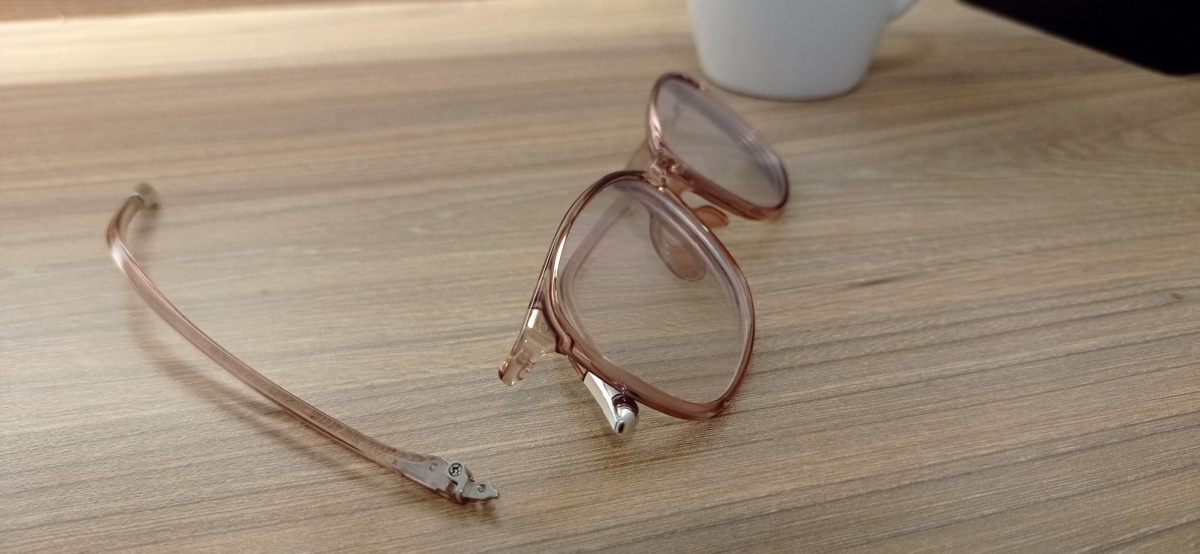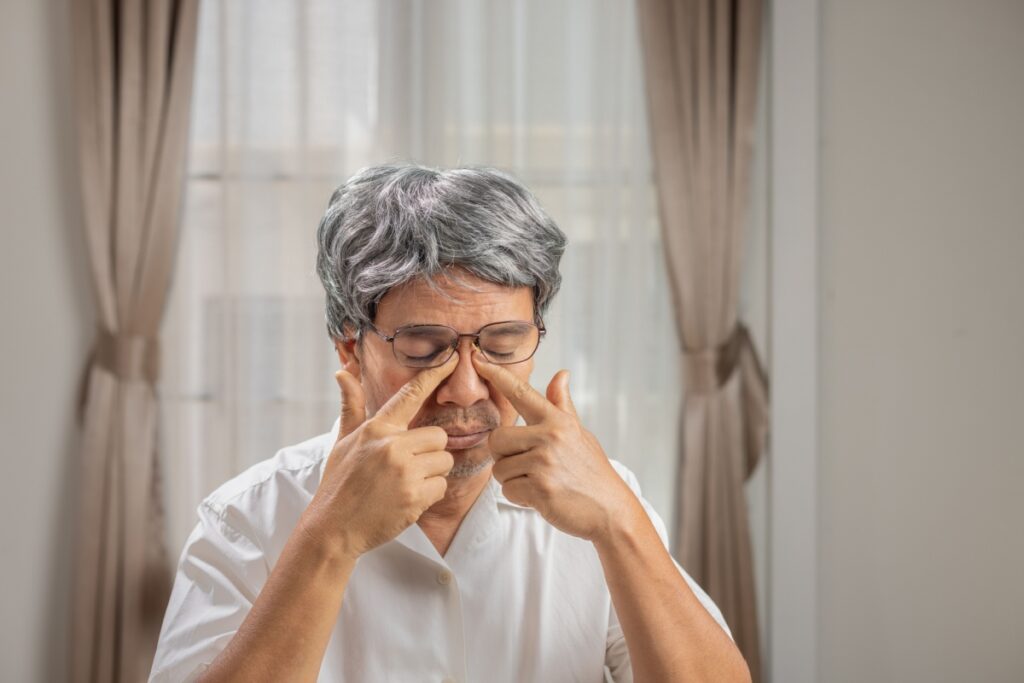You’re sitting at your desk, typing away at your computer, when suddenly it starts — that annoying little eyelid twitch that just won’t quit. Your upper eyelid begins dancing to its own rhythm, causing minor but noticeable muscle spasms that can range from barely perceptible to downright distracting. This common condition, known as eyelid myokymia, affects countless people and can stem from various triggers. While these involuntary spasms are usually harmless, they sometimes signal underlying issues that deserve attention from your eye doctor.

Warning Signs You Need New Glasses: Don’t Wait
For most of us, we want our glasses to go the distance. They look great, they were a decent investment,


